
IEC/EN/AS 62477-1:2022 Guidelines
With the rapid development of new energy technologies, the safety of power electronic devices such as energy storage systems, photovoltaic inverters, and charging stations has become a core focus of the industry. The IEC/EN 62477-1:2022 standard, published by the International Electrotechnical Commission (IEC) in 2022, serves as the general safety standard for power electronic converter systems and equipment. It not only updates technical specifications but also establishes a "new cornerstone" for global product compliance.
IEC/EN 62477-1:2022 specifically applies to power electronic converter systems (PECS) and their components, covering devices with rated voltages not exceeding 1000V AC or 1500V DC. Examples include:
- New energy sector: conversion systems for renewable energy sources such as solar, wind, and tidal energy.
- Typical products: adjustable-speed power drive systems (PDS), uninterruptible power supplies (UPS), bidirectional power converters, energy storage systems, and charging stations.
- New scope: PECS designed to intentionally emit or receive radio waves (e.g., communication power equipment) and bidirectional transducers.
The standard aims to reduce risks related to electric shock, fire, mechanical injury, overheating, and more by providing a unified safety framework that spans the entire lifecycle of design, installation, operation, and maintenance.
In accordance with regULatory requirements, the European Union has also issued an equivalent updated standard EN iec 62477-1:2023, which supersedes the previous versions EN 62477-1:2012, EN 62477-1:2012/A11:2014, EN 62477-1:2012/A1:2017, and EN 62477-1:2012/A12:2021.
The updated standard reorganizes several chapters, integrates the latest measurement methods from other documents, and coordinates with other product category standards to accommodate changes in measurement conditions for various devices. It also adjusts the scope of applicable products and updates multiple technical testing requirements.
Scope of Application
The scope of the previous version was as follows:
Power electronic converter systems (PECS), any specified accessories, and components used for electronic power conversion and electronic power switching, including control, protection, monitoring, and measurement means, such as systems primarily aimed at power conversion with a rated system voltage not exceeding 1000V AC or 1500V DC.
It also served as a reference standard for the following products:
1. Adjustable-speed power drive systems (PDS).
2. Uninterruptible power supply systems (UPS).
3. Low-voltage regulated DC power supplies.
4. Bidirectional converters.
The new standard adds the following product categories:
- Bidirectional transducers.
- Power electronic converter systems (PECS) that intentionally emit or receive radio waves.
Therefore, the following products or components can now be considered under this standard:
1. Charging stations, module power supplies in UPS, chargers.
2. Power conversion systems (PCS) in energy storage systems.
3. High-voltage energy storage battery modules, packs, clusters, and systems.
4. Safety-related parts of home storage systems.
5. Some portable energy storage power supplies.
6. High-power inverters.
7. DC-DC transducers.
8. Bidirectional converters for industrial power supplies.
Additionally, other industrial energy, power electronic products, and their accessories and components, if no specific standards are available, can consider using this standard as the minimum safety requirement.
Standard Analysis
Compared to the previous version, the main technical changes in the new standard are as follows:
- Simplification of the concept of DVC As, including its voltage-time curve.
- Improved consistency of the "protection" and "insulation" concepts in accordance with IEC 61140.
- Updated contact current limits and added PE conductor current limits.
- Rewritten requirements for thin adhesive tape materials and added testing.
- Added insulation requirements for inner layers of multilayer printed circuit boards.
- Updates on mechanical hazards.
- Updates on enclosure requirements.
- Updates on wiring and connection requirements.
- Updates on plastic enclosure requirements.
- Added requirements for components.
- Added multiple new tests (e.g., UV, operating voltage, SPD, pre-treatment).
- Updated information and labeling requirements.
- Added requirements for icon contrast.
- Updated several annexes.
Regulatory Applications
The EU CE certification (LVD and EMC), Australia's saa certification, and others reference this standard. The current version numbers and validity of the IEC 62477-1 standard in various regions can be referred to in the table below:
- cb certification: The previous standard number was IEC 62477-1:2012 + A1:2016, valid and harmonized; the new standard number is iec 62477-1:2022 (+COR1:2024), effective but not yet harmonized, and can replace the old standard.
- CE-lvd certification: The previous standard number was EN 62477-1:2012 + A11:2014 + A1:2017 + A12:2021, valid and harmonized; the new standard number is EN 62477-1:2022, released in October 2023, and will replace the old standard between August and September 2024.
- SAA/rcm certification: The previous standard number was AS IEC 62477-1:2012, expired; the new standard number is AS IEC 62477-1:2024, released in June 2024, effective.
Note: Australia has already enforced the 2.0 version standard. The EU's 2.0 version standard DOW (August 9, 2026) is approaching. Given the numerous technical changes in the new standard, manufacturers are advised to start researching and planning ahead for smooth adaptation.
Special Note: When using this as a reference standard, choose the version based on the final product standard's requirements. For instance, the current EU standard for uninterruptible power supplies EN IEC 62040-1:2019+A11:2021 references IEC 62477-1:2012.
Enterprise Compliance
The release of IEC/EN 62477-1:2022 marks a new phase in the safety of power electronic devices. Enterprises need to keep up with standard updates, manage risks from the design stage, and gain a competitive edge by ensuring compliance.
JJR Laboratory in China recommends that relevant enterprises make the following strategic deployments:
1. R&D Phase: Prioritize using the new standard for product design, with a focus on new testing items (e.g., UV, SPD monitoring).
2. Certification Preparation: Plan ahead for safety certifications (e.g., IEC 62619, UL 9540) and environmental certifications (RoHS, REACH).
Email:hello@jjrlab.com
Write your message here and send it to us
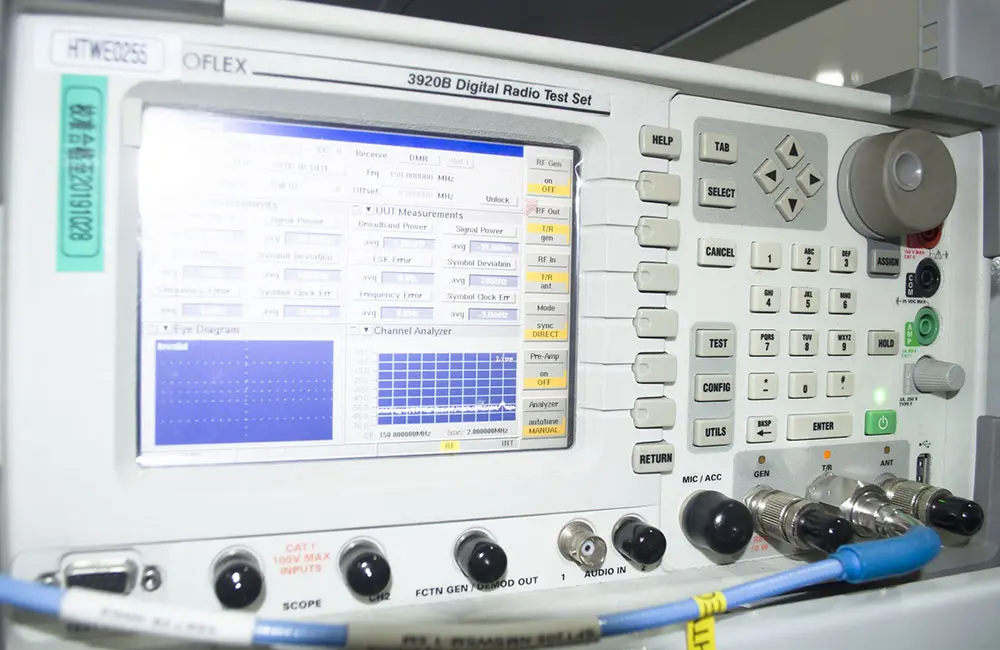 LED Lighting EMC Testing Service
LED Lighting EMC Testing Service
 EU REACH Compliance Testing Services
EU REACH Compliance Testing Services
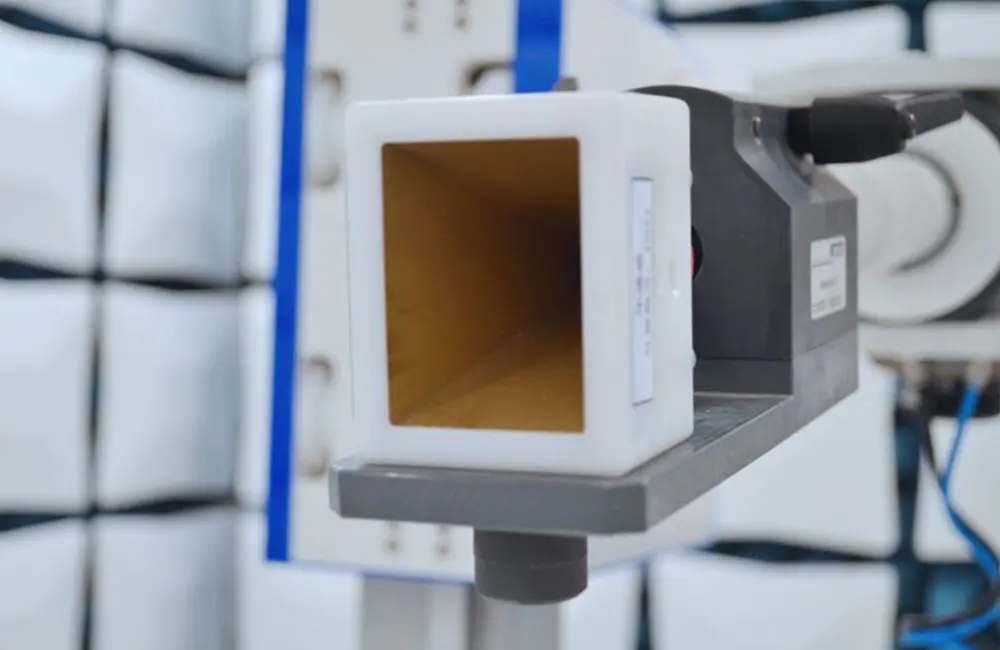 Electronic and Electrical Reliability Testing Serv
Electronic and Electrical Reliability Testing Serv
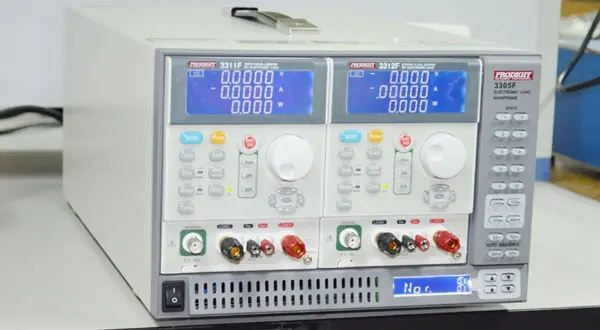 Electronic & Electrical Safety Compliance Test
Electronic & Electrical Safety Compliance Test
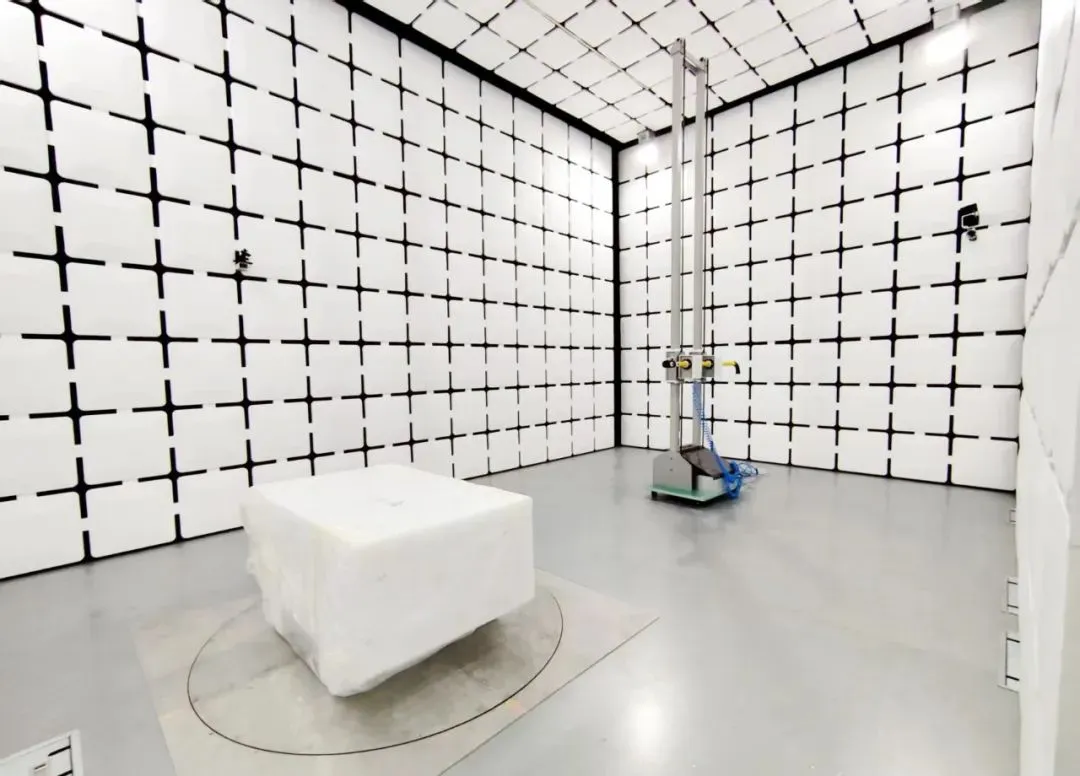 Shenzhen Electronic Electromagnetic Compatibility
Shenzhen Electronic Electromagnetic Compatibility
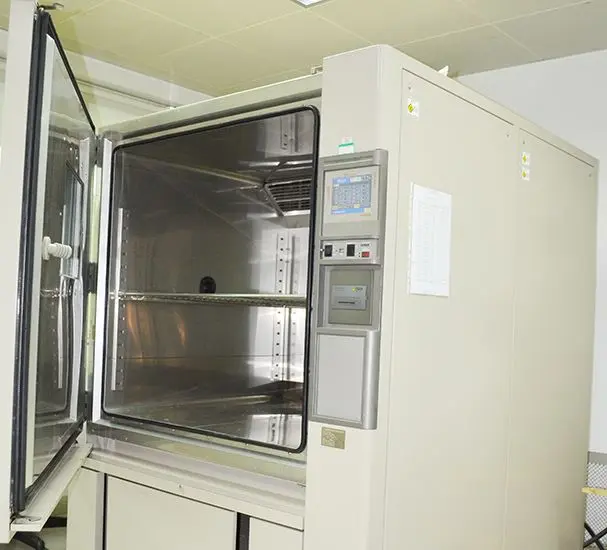 How to Test IP68 Rating
How to Test IP68 Rating
 Differences Between FDA and LFGB for Food Contact
Differences Between FDA and LFGB for Food Contact
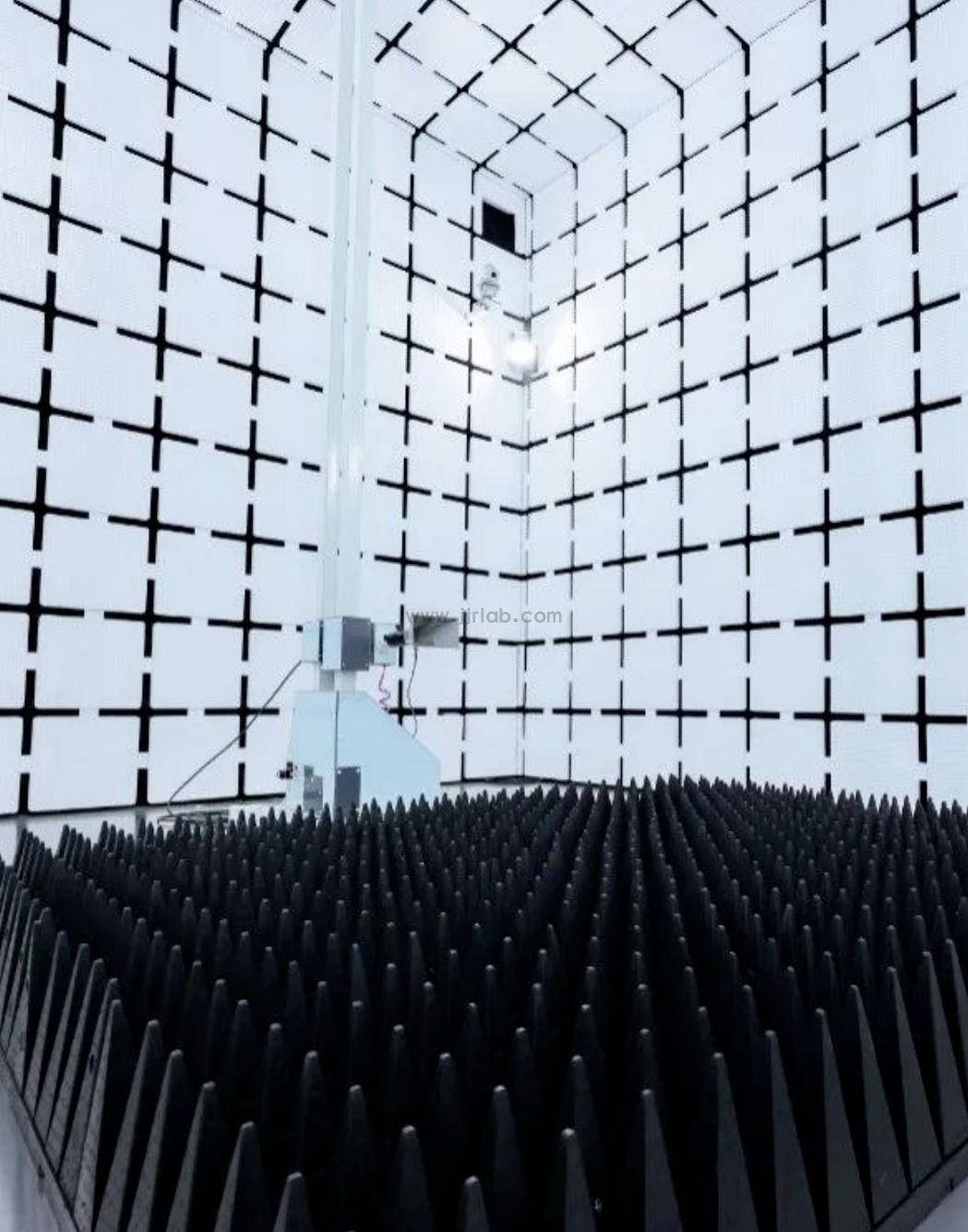 Process and Precautions for Amazon CPC Certificate
Process and Precautions for Amazon CPC Certificate
Leave us a message
24-hour online customer service at any time to respond, so that you worry!




